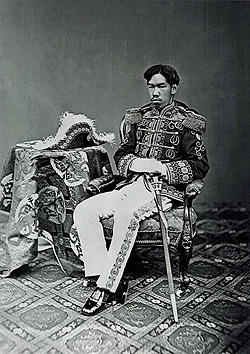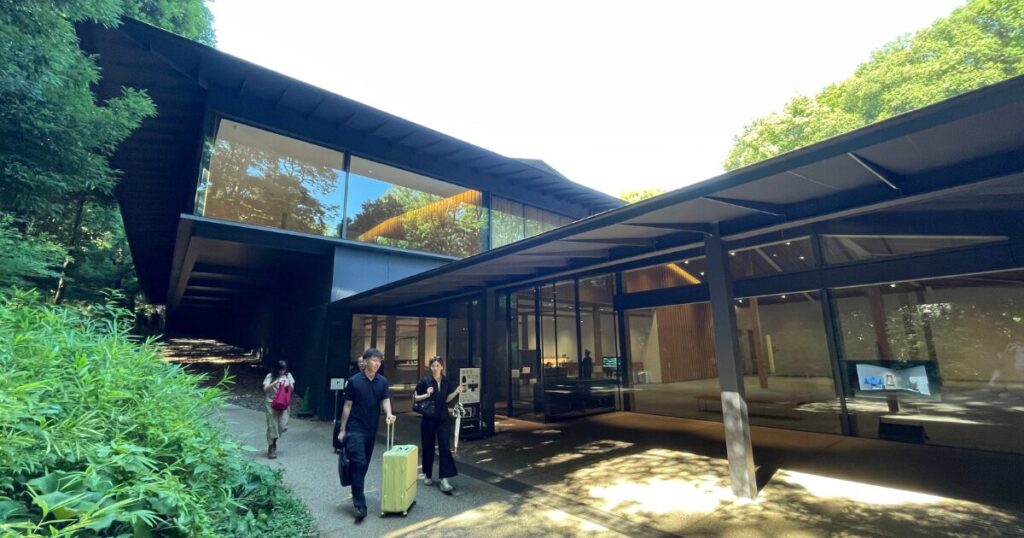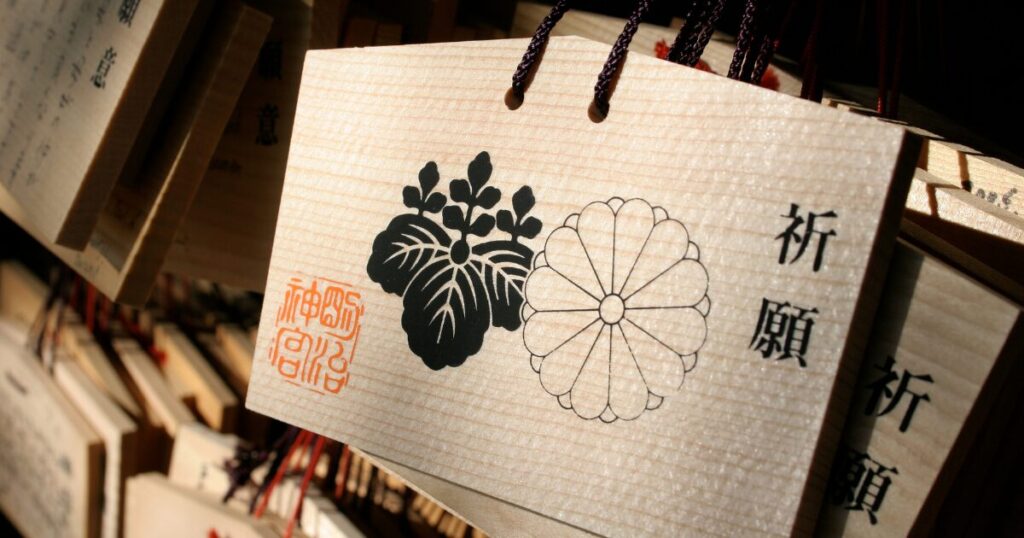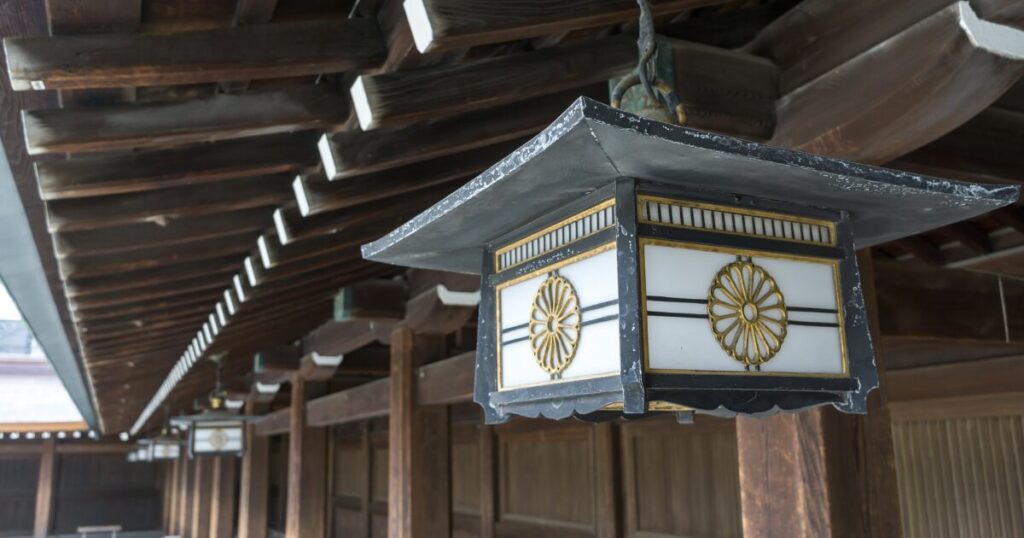Meiji Jingu in Shibuya – Tokyo’s Historic Shrine Surrounded by Forest

Tucked behind Harajuku Station lies Meiji Jingu, a Shinto shrine established in 1920 to honor Emperor Meiji and Empress Shōken. The shrine sits amid a lush 70‑hectare forest of 120,000 trees donated from across Japan—creating a peaceful escape from Tokyo’s hustle and bustle.
Cultural Significance of Meiji Jingu

The shrine commemorates the role Emperor Meiji played in Japan’s modernization and opening to the world. The forest and shrine embody national unity, spiritual tradition, and modern history.
Inside the inner precinct (Naien), you’ll find a treasure museum with artifacts of imperial life. The outer precinct (Gaien) includes the Meiji Memorial Picture Gallery and various sports facilities.
Plan Your Visit
Planning ahead ensures you make the most of your time at Meiji Jingu. From opening hours to accessibility, here’s everything you need to know before you go.
Opening Hours & Entry
Meiji Jingu is open every day year‑round, with free admission. Hours vary by month:
| Month | Open (Sunrise) | Close (Sunset) |
|---|---|---|
| January | 6:40 am | 4:20 pm |
| April | 5:10 am | 5:50 pm |
| June | 5:00 am | 6:30 pm |
| August | 5:00 am | 6:00 pm |
| December | 6:40 am | 4:00 pm |
Please allow extra time—about 10 additional minutes walk from the entrance to reach the main shrine buildings.
How to Access
- Nearest stations: Harajuku Station (JR Yamanote Line) or Meiji‑jingumae Station (Tokyo Metro Chiyoda & Fukutoshin lines).
- After exiting, walk through a large torii gate and cross the Jingu-bashi bridge into the forest grounds.
- Bicycles and motorcycles must be parked outside; wheelchairs available at the entrance.
Things to See & Do at Meiji Jingu
There’s far more to Meiji Jingu than just its main shrine. From spiritual rituals to world-class architecture, this sacred site is filled with things to explore.
Explore the Shrine Grounds

- Walk beneath giant ichino‑torii gates and follow the shaded gravel paths to the main hall.
- Try omikuji (fortune slips) or purchase ema wooden plaques to write your wishes. Respect etiquette: bow at torii, purify hands, and speak softly.
Inner Precinct – Museum & Treasures

The Meiji Jingu Museum, designed by Kuma Kengo, opened in 2019 and displays personal items used by the imperial couple in a modern wooden building. Admission around ¥1,000 and open 10:00–16:30 (closed Thursdays).
Outer Precinct: Gallery & Gardens
- The Meiji Memorial Picture Gallery holds 80 large paintings illustrating the life of Emperor Meiji and Empress Shoken in both Japanese and Western art styles. The building itself is an Important Cultural Property from the 1920s.
- Nearby is Meiji Jingu Gaien, featuring sports facilities, ice‑skating rink, baseball stadium, tennis clubs, and the lovely ginkgo tree avenue along Route 246—spectacular in autumn.
Nearby Area
- Yoyogi Park:
A vast green space adjacent to Meiji Jingu, perfect for a stroll or picnic. The nearby Yoyogi Gyoen (Inner Garden) features seasonal flowers like irises, especially beautiful in early summer. Admission may vary, but it’s open year-round. - Harajuku:
Just outside the shrine’s torii gates lies Harajuku, the heart of Tokyo’s youth culture. From quirky fashion to colorful sweets, this area bursts with energy and creativity. - Omotesando:
Often called Tokyo’s Champs-Élysées, Omotesando offers a more upscale vibe with tree-lined avenues, designer boutiques, and elegant cafés—an ideal contrast to the serenity of Meiji Jingu.

Tips & Seasonal Highlights
To truly appreciate Meiji Jingu, it helps to know when to go, how to behave respectfully, and what special events you might catch. These insider tips will elevate your experience beyond just sightseeing.
Best Times to Visit Meiji Jingu
Early morning or late afternoon
Early morning or late afternoon is the most peaceful time to visit Meiji Jingu.
With fewer crowds and soft, golden light filtering through the trees, the forest feels almost sacred. Photographers especially love these hours for capturing the tranquility of the surroundings.
Autumn
Autumn is particularly stunning, thanks to the golden hues of the ginkgo trees lining the nearby Gaien area. The contrast between the yellow leaves and the shrine’s wooden architecture makes for incredible photos.
Spring
Spring (late March to early May) brings fresh green foliage and the blooming of irises in the inner garden (Yoyogi Gyoen), a favorite among locals and nature lovers.
The weather is also comfortable for walking, making it one of the best seasons to explore the grounds thoroughly.
New Year’s period
New Year’s period (January 1–3) is also famous, over 3 million visitors come for hatsumode, the year’s first shrine visit. While crowded, the atmosphere is uniquely festive and spiritual.
Cultural Etiquette

As a sacred site, Meiji Jingu follows certain customs that visitors are encouraged to respect:
- Bow before entering any torii gate—this is a sign of respect toward the kami (deities).
- At the temizuya (purification fountain), cleanse both hands and rinse your mouth using the ladles provided. Do not drink directly from the ladle or splash water.
- Walk on the sides of the path rather than in the center, which is considered the passageway for the gods.
- Inside the main shrine area, remain quiet and respectful. Avoid pointing your camera at people engaged in prayer or ritual.
- Weddings are often held at Meiji Jingu, with couples dressed in traditional Shinto attire. If you witness one, observe quietly and avoid interrupting or taking intrusive photos.
Understanding and observing these customs not only shows respect but also deepens your experience of Japanese spirituality.
Visitor Guide Summary Table
Use this quick summary table to review the most practical details about visiting Meiji Jingu. It’s especially handy for planning tight travel itineraries.
| Topic | Details |
|---|---|
| Entrance | Free, open sunrise to sunset |
| Best Access | Harajuku or Meiji‑jingumae Station |
| Time Needed | 1–2 hours for inner precinct, 2–3 hours for full visit including Gaien |
| Amenities | Wheelchairs, shops selling charms & ema, restrooms |
| Nearby Attractions | Yoyogi Park, Harajuku, Meiji Jingu Gaien facilities |
Final Thought on Visiting Meiji Jingu

If you’re planning your Tokyo itinerary, a visit to Meiji Jingu Shrine should be high on your list. As one of the most iconic and peaceful shrines in Tokyo, it offers a perfect blend of culture, nature, and history—right in the heart of the city.
Unlike many tourist attractions, Meiji Jingu provides a deeply authentic experience. Surrounded by a lush forest and filled with centuries-old traditions, it’s one of the top things to do in Tokyo for travelers seeking a meaningful connection to Japanese culture.
Whether you’re visiting during the colorful autumn foliage, the tranquil early morning hours, or a festive Shinto event, Meiji Jingu will leave a lasting impression. This sacred spot isn’t just a photo opportunity. It’s a place to reflect, recharge, and truly feel the spirit of Japan.

